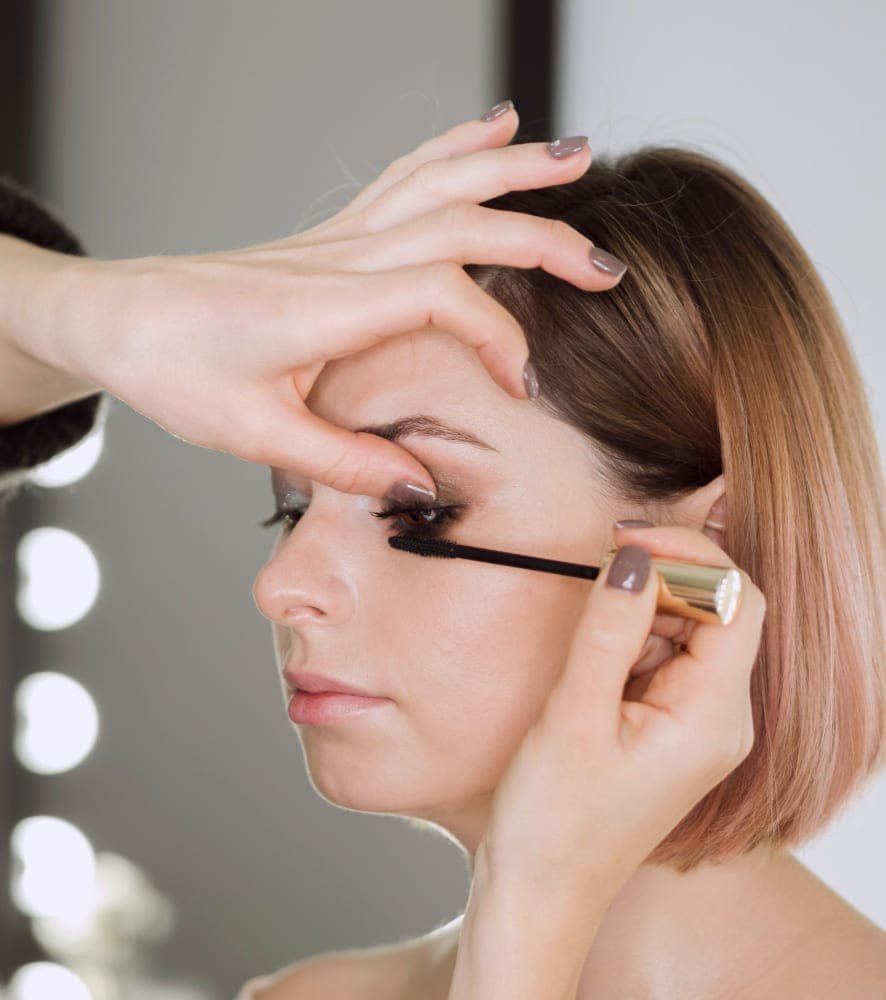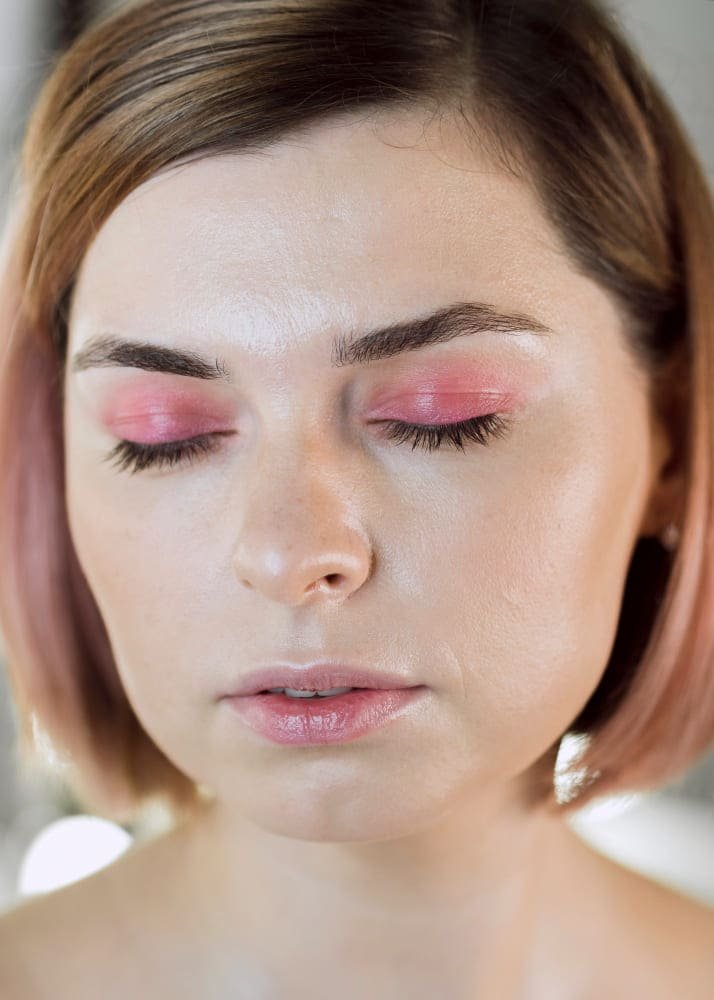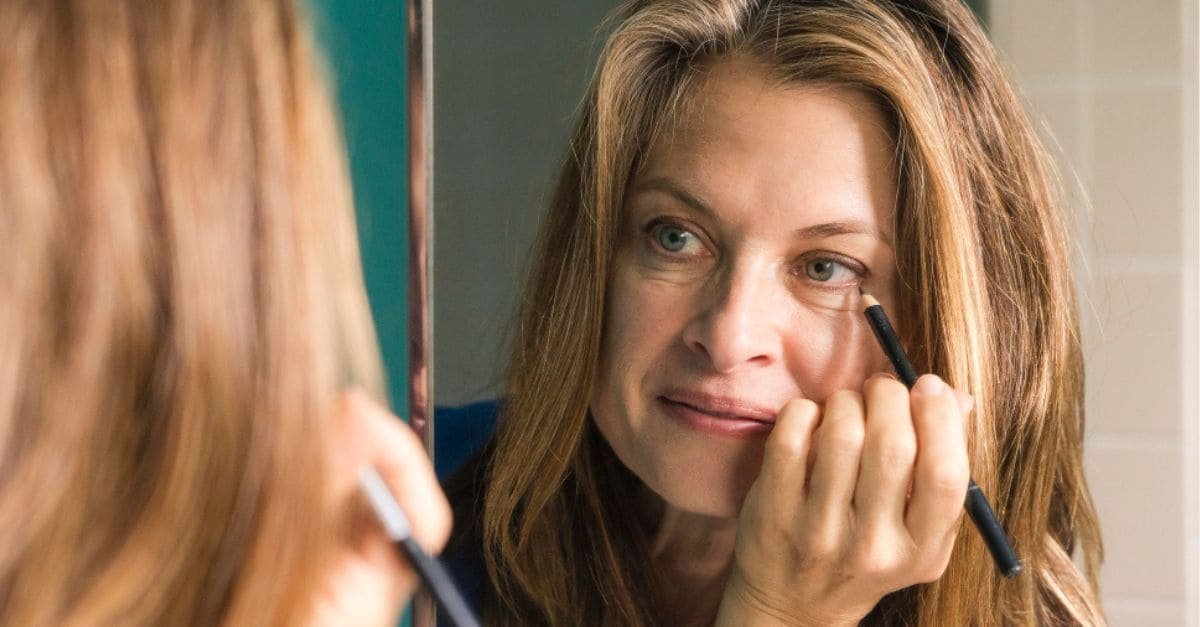Inside Article
The Glam of Punctal Plugs
Wearing eye makeup can serve as a mode of self-expression and a creative tableau. It can upgrade your features, match your mood, or tell a story. But for those who rely on punctal plugs for their eye Wellness, integrating this love of makeup with the needs of your eyes can be a tricky balance.
Suppose you’re aware of eye health and visual appeal. You have probably heard about punctual plugs. These nano gadgets are a big deal for many individuals with chronic dry eye syndrome, among other circumstances. They work by preventing the outflow of tears from the eyes, increasing eye moisture and providing relief. However, if you’re all about the smokey eye, cut creases, or wing-tipped liners, punctual plugs might have you asking the question: Can I still wear eye makeup?
In this guide, we’ll learn about punctal plugs and how to combine eye health with stylishly wearing makeup.
Quick Highlights
- Punctal plugs can enhance eye health and comfort stylishly.
- Learn about the strategic placement and functionality of punctal plugs for optimal results.
- Understand the factors involved in selecting the most suitable punctal plug for your individual needs.
- Explore tips and considerations for incorporating makeup into your routine with punctal plugs.
- Understand the potential risks associated with punctal plug placement.
Insight into Plug Placement and Function
Punctal plugs are tiny, biocompatible devices—usually made of silicone or collagen—designed to fit snugly into the eye’s drainage channels. Once inserted, they slow the outflow of tears, keeping more moisture on the eye’s surface. This can be a game-changer for individuals who struggle with chronic dryness that isn’t effectively managed by over-the-counter eye drops alone.
The procedure to place punctual plugs is minimally invasive and typically involves no more than slight discomfort or pressure for the patient. It’s often done in-office and takes mere minutes. The effectiveness is usually immediately felt, with dry eye symptoms significantly reduced in many cases.
Determining the Right Plug for You
Punctal plugs come in various types, which can affect how they integrate into your makeup routine. Silicone plugs tend to be more long-term, potentially lasting for years, but wearers may sometimes feel them, and they can be a channel for makeup debris to collect. Collagen plugs, on the other hand, are temporary but offer the advantage of disappearing once they’ve played their part, thus not interfering with your makeup schedule.
Choosing the Right Type
When it comes to makeup and punctal plugs, the right type can make all the difference in convenience and comfort.
Silicone Plugs
Silicone plugs are often the go-to for a more extended solution without frequent replacements. However, as they stay in place, they might collect makeup particles and require extra cleaning to keep them and your eyes irritation-free.
Collagen Plugs
Collagen plugs, being temporary and self-dissolving, offer a minimalist approach. They won’t be around long enough to interact with your makeup and can be an excellent option for those who wish to change their eye look often. They’re also typically less noticeable, making your makeup—rather than the plug—the star of the show.
Discussing Options with Your Ophthalmologist
It would help if you talked with your eye health professional regarding which punctal plug type is right for you. They can provide insights based on your individual eye health needs and preferences.
Makeup and Punctal Plug Placement
Protecting Your Eyes During Makeup Application and Removal
Successful makeup application is all about the art of being gentle when you’re wearing punctal plugs. Avoid tugging on the eye area and use makeup removers that are both effective and void of harsh ingredients that could irritate. Water-based and hypoallergenic products, often the best choice,can help prevent eyes from watering when wearing makeup.
Lining and Mascara Tips

Mascara on punctal plugs may create more of an obstacle course than a magic look. To avoid any issues with dislodging plugs or creating clumps around them, apply mascara with a lifting motion rather than a zig-zag for a defined yet gentle touch.
Eyeshadow and the Art of the Lid

Remember, less is more. Even with the allure of a dramatic cut crease, using small amounts of product and working your way up can achieve the dimension you’re looking for and avoid overburdening your eyes.
Removing Makeup Wisely
The last act of your makeup is its removal. Just as applying makeup delicately is essential, so is removing it. Take your time, use gentle products, and thoroughly remove your makeup. This will protect the health of your eyes, plugs, and the area around them.
Potential Risks of Punctal Plug Placement
When Cosmetics Conflict with Health
While punctal plugs are generally safe, they are not without risk, especially when interacting with harsh chemicals or improperly applied makeup. Infections are rare but can occur when makeup particles clog around the plugs;however,understanding how punctal plugs work can help mitigate these risks. Therefore, maintaining proper eye hygiene and selecting high-quality, gentle cosmetics is crucial.
Confronting the Unseen Risks
Cosmetics can contain many allergens or irritants, and the unseen risks multiply when these come into play around punctal plugs. Staying vigilant for the signs of discomfort, redness, or irritation is essential as they could be a sign of trouble around your plugs.
Conclusion
When it comes to makeup and punctal plugs, the key is balance. With the correct type of plug for your lifestyle and preferences, gentle care in applying cosmetics, and regular check-ins with your eye health professional, you can enjoy a healthy, well-moisturized eye while still looking fabulous.
Can I wear eye makeup with dry eyes?
Yes, you can wear eye makeup with dry eyes, but it is important to choose products that are specifically formulated for dry eyes. Avoid using waterproof makeup or products with harsh chemicals as they can further exacerbate your dry eye symptoms.
What are the disadvantages of punctal plugs?
Some potential disadvantages of punctal plugs include discomfort or irritation, infection or inflammation around the plug site, and possible allergic reactions to the material used for the plug. Additionally, if the plugs are not inserted properly or become dislodged, they may need to be removed and reinserted.
Can I cry with punctal plugs?
Yes, you can still cry with punctal plugs. While the plugs may help retain some of your tears, it is important to continue using artificial tears as needed to keep your eyes lubricated and comfortable. If you experience excessive tearing, it is best to consult with your eye doctor as this may indicate a problem with the plugs or underlying dry eye condition. Overall, punctal plugs can make crying more manageable for those with dry eyes. So don’t worry, let those happy tears flow!

